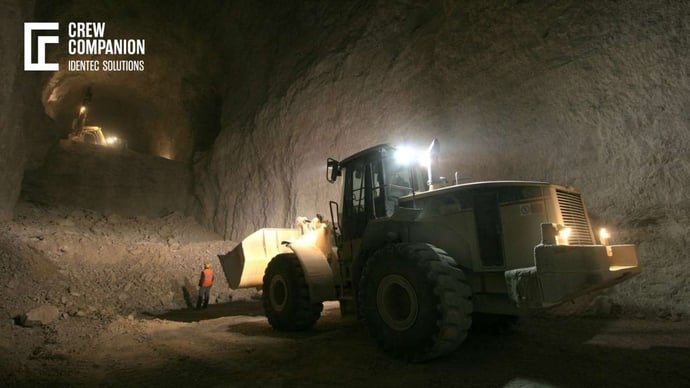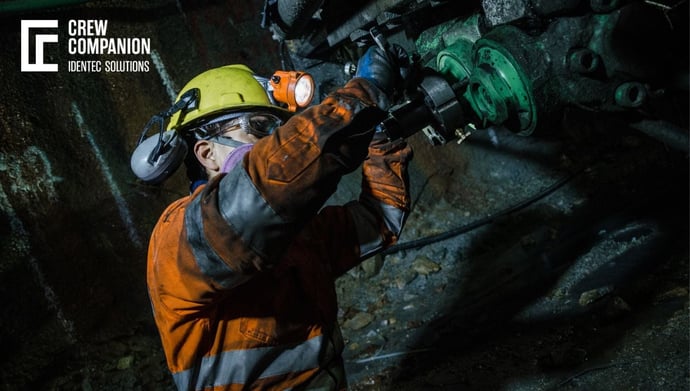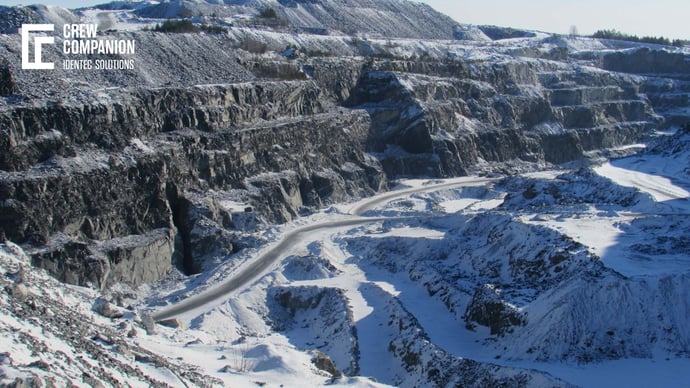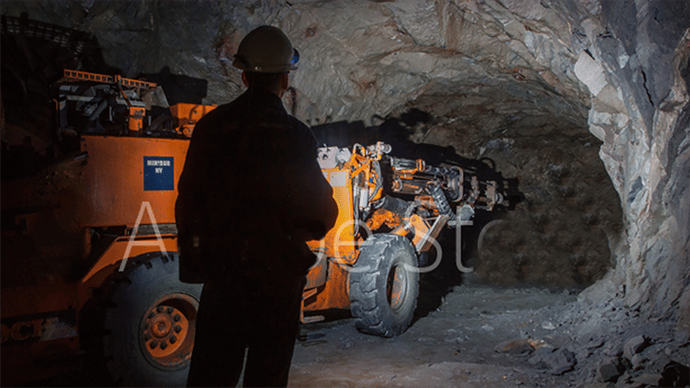Mining Safety Training: The Most Common Ways to Teach
| Written by Michal Wozniakowski-Zehenter
The harsh realities of underground mining have long been a cause for concern in the industry. From the risk of cave-ins and explosions to exposure to harmful chemicals and gases, the dangers faced by miners are numerous and severe. While the techniques used to extract various minerals may vary, the underlying risks remain the same. Even seemingly innocuous minerals like salt can pose severe risks to miners if proper safety measures are not taken.
As mines get deeper, the risks only increase, with the potential for greater seismic activity, higher temperatures, and more dangerous gases. Therefore, it is vital that mining companies prioritize worker safety and health in all operations, no matter the mineral being extracted or the techniques used to do so. But how do they train and reinforce all the rules? Read more about mining safety training...
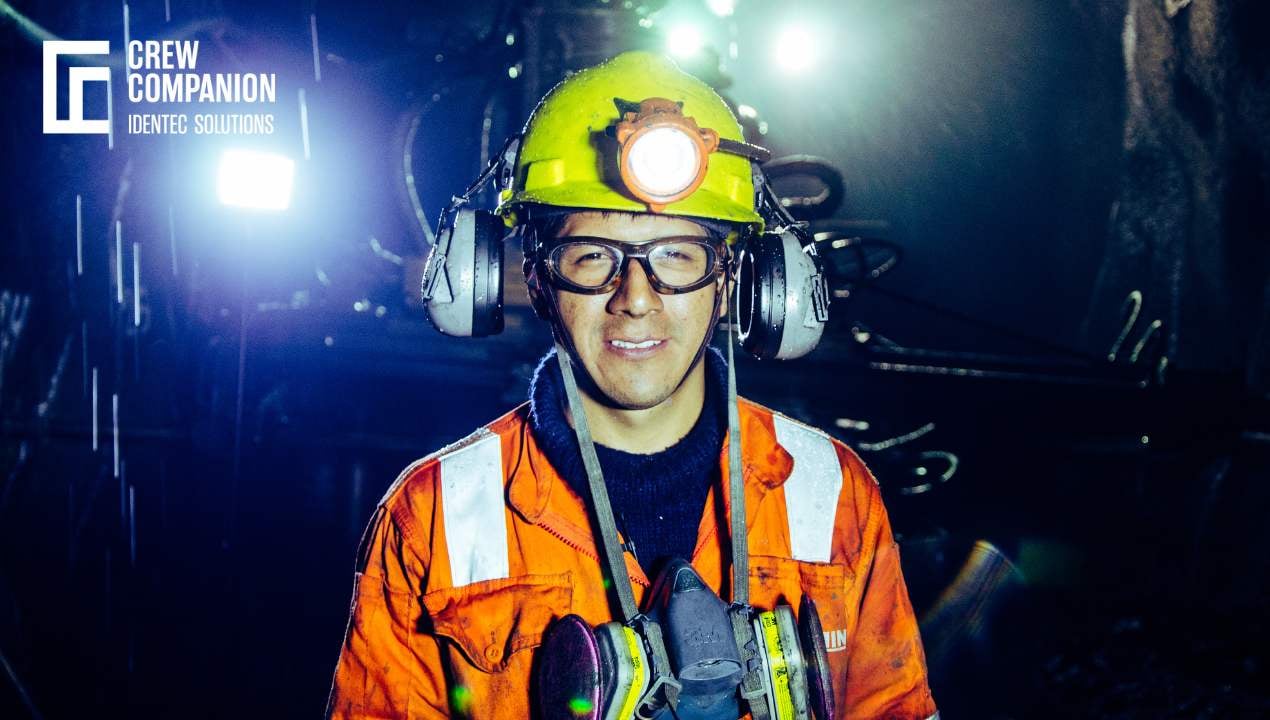
No video selected
Select a video type in the sidebar.
Safety first, always!
Underground mining is a hazardous activity, but with proper attention to safety measures, most of the risks can be mitigated. Personal Protective Equipment (PPE) and specialized gear like helmets, gloves, and high-visibility clothing are essential for miners to prevent injuries from falling debris, sharp edges, or heavy machinery. Emergency response plans and drills should be practised regularly to ensure that miners can evacuate the mine quickly and efficiently in case of a fire, explosion, or cave-in. Additionally, a check-in and check-out system with personal tags and readers is crucial in tracking the location of miners within the mine and ensuring their safety.
Ventilation and monitoring systems should be in place to ensure that the air quality within the mine is safe. A ventilation system should be able to remove dust, flammable gases, and toxic fumes from heavy machinery to prevent respiratory problems. Moreover, air quality monitoring should continuously detect any changes in the air composition before it becomes an emergency. The WHO Air Quality Guidelines (AQG) recommend that annual average concentrations of PM2.5 should remain below 5 µg/m³, and 24-hour average exposures should not exceed 15 µg/m³ on more than 3 to 4 days per year.
Communication is another vital aspect of worker safety in underground mines. Basic communication devices should be provided to every worker to maintain contact with supervisors above ground, and tracking devices can be used to monitor miners' locations and underground mining safety equipment. Lighting is also important, as limited visibility in a mine can lead to accidents. Therefore, maintaining a minimum illumination intensity of at least 5-foot candles (55 lux) is essential for general tunnelling operations.
Finally, safety training is critical in preventing accidents or fatalities in underground mines. Miners should be trained on how to follow an emergency response plan, stay safe around heavy machinery, and be aware of the dangers of air pollution and noise hazards. Safety training can help miners stay up-to-date on safety measures and reduce the occurrence of injuries or fatalities in underground mining.
Learn more about how safety and productivity plays together - in our Success Story about sustainable mining in Sweden.
Mining safety Training: LEARN, SLEEP, REPEAT.
Training alone is not enough. Repetition is critical to reinforce the knowledge gained from safety training and prevent complacency or bad habits. Regular safety reminders and drills are necessary to keep safety protocols fresh in the miners' minds and ensure consistent adherence. In line with the journalism mantra, "Tell them what you're going to tell them, tell them, and then tell them what you told them," repeating training objectives, key concepts, and safety terms in various ways is crucial to ensure full comprehension.
Some trainees may not be entirely focused during the training session, and some may require multiple exposures to grasp all the training points. In addition, humans tend to forget - Rob Pike, one of the leaders in Industry Coaching, claims that trainees can remember 90% of what they learned an hour after training but that memory retention drops to 50% after a day and only 10% after 30 days.
Pike emphasizes that reinforcement training is necessary and subject matter should be revisited at least six times to ensure it is truly learned. This means frequent follow-up and refresher training, especially for complex safety information. Other experts suggest spacing reinforcement training to allow employees to practice new skills and procedures on the job with coaching support before returning to the classroom for review and additional training.
Luckily, many countries require mining companies to conduct mining safety training regularly (learn also about safety training kits). Reinforcing them is essential for compliance and avoiding legal penalties. Repeating safety drills can help workers improve emergency teams' response times and increase their chances of survival. Moreover, regular occurrences can help identify areas for improvement in safety protocols and emergency response plans, ensuring constant improvement and refinement.
What Safety Drill Types are there?
Regular mining safety training is crucial in the mining industry to ensure that workers are prepared for any emergency. Emergency evacuation procedures, such as those for fire or hazardous gas leaks, are some of the most common events that require regular training. However, it is not enough to simply reinforce proper behaviour; regular checks on sensors, alarm systems, fire suppression equipment, and emergency exit signage are also necessary.
Miners must also undergo training in handling hazardous materials, chemical spills, medical assistance for injured colleagues, and response time for the emergency team. Rescue drills are conducted to prepare workers for mine rescue operations in the event of a mine collapse or other emergency. During these drills, workers are tested on their knowledge of rescue procedures and ability to identify rescue equipment.
First responders in mines also need to have specific skills and knowledge to perform their jobs effectively. This includes expertise in roof and rib control, shoring and cribbing standing support, and identifying ignition sources. Workers must also understand the importance of good rock dusting, equipment safety, and electrical dos and don'ts. By ensuring that workers have the necessary skills and knowledge, mining companies can help to protect their workers and reduce the likelihood of accidents or emergencies.

Innovative Methods for Enhancing Mining Safety Training
Mining safety training is something that never really stops and goes beyond initial instruction. It takes advantage of more experiential teaching methods, much more interactive, to make sure miners are prepared for an emergency. One of the most increasingly powerful ways to do this is by using virtual reality simulations, letting trainees experience near-authentic mining environments and scenarios without the risks physically associated with on-site training. Such practical experience enables miners to grasp challenging situations, such as a gas leakage or equipment breakdown, within a controlled and safe environment. It makes them acquire skills to react promptly and more effectively in case of the occurrence of such hazards, thereby reducing the possibility of accidents and increasing problem-solving skills among miners by involving them in realistic simulations.
It can be embedded with enrichment through gamification, interactive quizzes, competitions, and reward systems for better engagement and retention of knowledge through more dynamic and encouraging learning. It caters to different learning styles, and active participation is encouraged for continuous learning. Besides, workshops and group sessions provide miners with a chance to share personal experiences and views to inculcate a habit of continuous improvement with a high degree of safety awareness. It often involves role-playing and group exercises that provide the opportunity for miners to exercise decision-making skills around a range of scenarios related to safety.
FAQ’s
What are the most common mining accidents?
The mining industry is fraught with hidden dangers that can lead to devastating accidents. Methane and coal dust explosions are among the most lethal hazards responsible for the loss of thousands of lives throughout history. The methane gas found in coal mines can easily ignite if safety precautions are not properly taken, triggering a chain reaction of explosions with catastrophic consequences. To avoid such disasters, employers must ensure that all mining equipment is regularly maintained and free of defects that could potentially trigger an explosion. Blasting is another high-risk activity that can result in serious injuries or fatalities. Explosives used in mining are far more hazardous than your average fireworks and can cause serious harm if not handled with utmost care and precision. The risks associated with blasting are numerous and deadly, from flying rocks to toxic fumes.
Which mining safety training is crucial to work in an underground mine?
Working in an underground mine comes with its own set of unique challenges, and safety should always be a top priority. Miners face a range of hazards, from cave-ins to exposure to harmful gases and chemicals. That's why miners must receive comprehensive safety training that covers everything from emergency response plans to the proper operation of heavy machinery. By staying up-to-date on the latest safety protocols and procedures, miners can reduce the risk of injury or fatality and ensure a safer working environment for themselves and their colleagues. Whether it's learning how to spot potential hazards or practising emergency drills, safety training is an essential part of any miner's job. So, if you're heading underground, make sure you're equipped with the knowledge and skills you need to stay safe and secure.
Do miners work hard?
Coal mining is a physically demanding and hazardous job that requires workers to brave harsh conditions. Whether toiling on the surface in all kinds of weather or deep underground in dark, cramped, and wet tunnels, miners are exposed to loud noise, dust, and strenuous labour. According to the National Mining Association, coal miners work an average of 47 hours a week. While mine operators have significantly improved ventilation, lighting, and safety conditions since the passage of the US Coal Mine Health and Safety Act in 1969, the risk of injury or death from accidents involving heavy machinery remains high. Other possible dangers include roof collapses and exposure to poisonous and explosive gases. Over time, miners may develop pneumoconiosis, commonly known as "black lung," a debilitating and sometimes fatal disease caused by long-term exposure to coal dust. Tragically, between 1968 and 2014, an estimated 76,000 miners in the U.S. died from black lung disease, according to the Mine Safety and Health Administration.
TAKEAWAY
Repetition is the key to mastering any skill, and safety protocols are no exception. Regular mining safety training not only helps miners retain the safety knowledge they acquired during the learning process but also provides an opportunity to identify areas of improvement in the safety protocols and emergency response plans. Reinforcement training is essential to improve emergency teams' response times and ensure consistent adherence to safety protocols, which can save lives in the event of an emergency. Therefore, it is crucial to keep safety reminders and drills fresh in miners' minds to improve their safety awareness and response skills.
Dive deeper into one of our core topics: Mining Safety
Glossary
Hazardous gases - Common gases encountered include methane, carbon dioxide (CO2), carbon monoxide (CO), nitrogen oxides (NO, NO2), hydrogen sulfide (H2S), and sulfur dioxide (SO2). Methane is the most prevalent combustible (explosive) gas. Being lighter than air and odorless, it poses a significant risk, as it can explode when its concentration is between 5% and 15%. (4)
Sources:
(1) https://www.msha.gov/safety-and-training
(2) https://drms.colorado.gov/programs/mine-safety-and-training-program/mine-safety-training-videos
(3) https://www.c40knowledgehub.org/s/article/WHO-Air-Quality-Guidelines
(4) https://www.dmp.wa.gov.au/Documents/Safety/MSH_SB_074.pdf
Note: This article was updated on the 15th of January 2025

Author
Michal Wozniakowski-Zehenter, Marketing Manager
Michal Wozniakowski-Zehenter is an experienced marketing and project management professional. He spent most of his career on projects with a strong focus on digital marketing and event management. He is a very active voice representing offshore and mining industries through social media channels. Michal writes mainly about offshore oil and gas, renewable energy, mining and tunnelling. Compiling and sharing the knowledge within industries is one of his goals.

